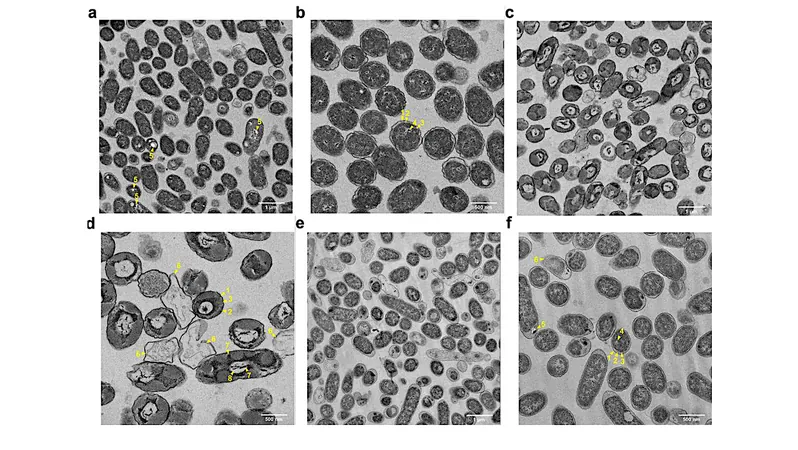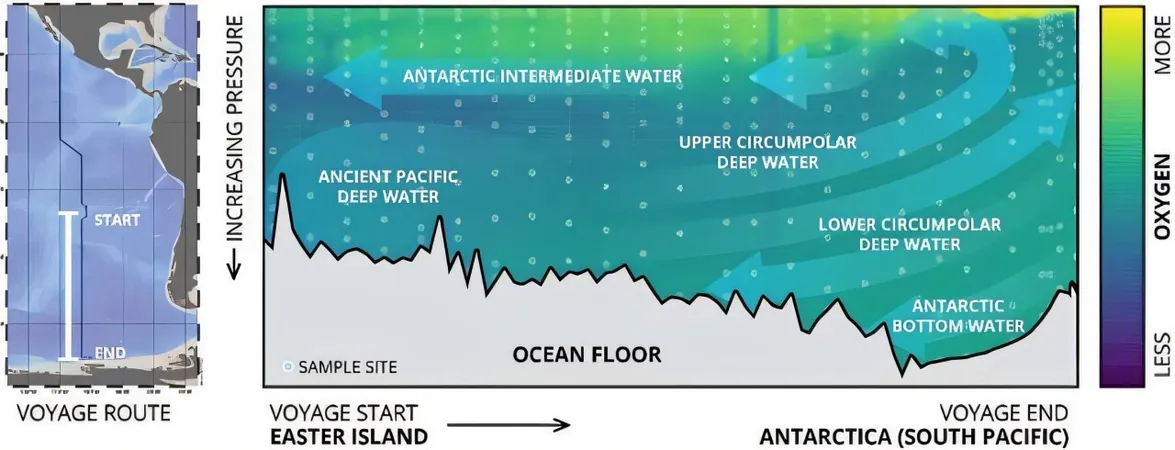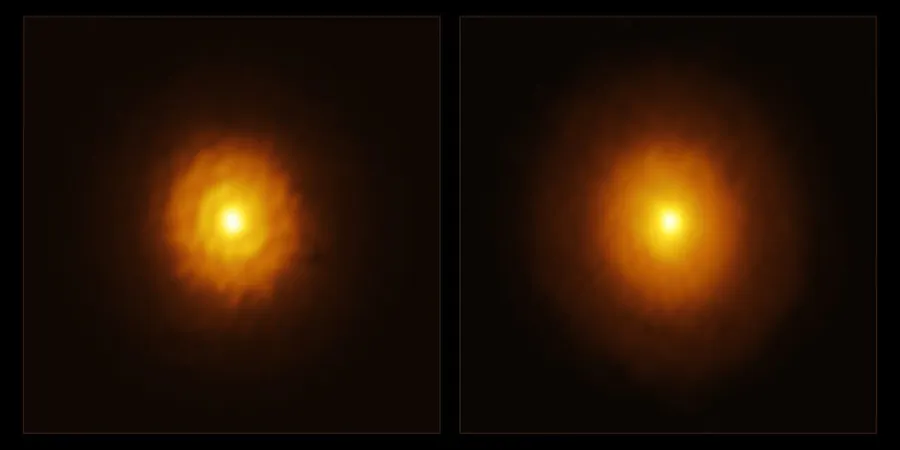
Ammonia: The Hidden Limit to Life on Icy Moons and Beyond!
2025-06-09
Author: Emily
Unlocking the Secrets of Ammonia in Astrobiology
The icy moons of our solar system are captivating scientists, particularly because deep beneath their surfaces, they harbor vast oceans that might contain high levels of ammonia. This toxic compound raises intriguing questions about the potential for life beyond Earth.
Ammonia: A Silent Killer?
On our planet, ammonia is a byproduct of numerous human activities, and its harmful effects are well-known. At elevated concentrations, this chemical can be lethal to many life forms. Understanding how ammonia affects living organisms is essential for assessing habitability in similar hostile environments elsewhere.
Diving into Research: Halomonas meridiana's Response to Ammonia
In a groundbreaking study, researchers examined the survival limits and physiological reactions of Halomonas meridiana, a type of aerobic bacteria, when exposed to varying concentrations of ammonia and pH levels. Their findings reveal critical insights that could reshape our understanding of life’s resilience.
Astounding Findings: Survival and Adaptation
During experiments conducted in both closed and open systems that simulate environments with ammonia retention or dispersal, the results were striking. Above 0.05 M ammonia, the bacteria experienced either complete or partial cell death, while an astonishing group managed to survive even at 0.25 M!
Metabolomic analyses unveiled fascinating physiological adaptations. The bacteria showed increased levels of cyclic compounds and Coenzyme A metabolites, hinting at unique strategies to cope with ammonia toxicity. This research suggests that ammonia's lethal effects are distinct from those caused by high pH levels, altering our understanding of environmental risks.
The Implications: A New Geobiological Limit?
These revelations hint at a new geobiological threshold: ammonia could significantly limit the habitability of both ammonia-rich terrestrial environments and extraterrestrial worlds. As we explore the cosmos, understanding these constraints could be vital for discovering life on icy moons and beyond!
Charting the Future of Astrobiology
This remarkable investigation not only deepens our understanding of ammonia's role in ecological survival but also propels the field of astrobiology to new heights. As we continue to unravel the mysteries of life in extreme environments, the implications could change everything we know about where life might exist in the universe.









 Brasil (PT)
Brasil (PT)
 Canada (EN)
Canada (EN)
 Chile (ES)
Chile (ES)
 Česko (CS)
Česko (CS)
 대한민국 (KO)
대한민국 (KO)
 España (ES)
España (ES)
 France (FR)
France (FR)
 Hong Kong (EN)
Hong Kong (EN)
 Italia (IT)
Italia (IT)
 日本 (JA)
日本 (JA)
 Magyarország (HU)
Magyarország (HU)
 Norge (NO)
Norge (NO)
 Polska (PL)
Polska (PL)
 Schweiz (DE)
Schweiz (DE)
 Singapore (EN)
Singapore (EN)
 Sverige (SV)
Sverige (SV)
 Suomi (FI)
Suomi (FI)
 Türkiye (TR)
Türkiye (TR)
 الإمارات العربية المتحدة (AR)
الإمارات العربية المتحدة (AR)